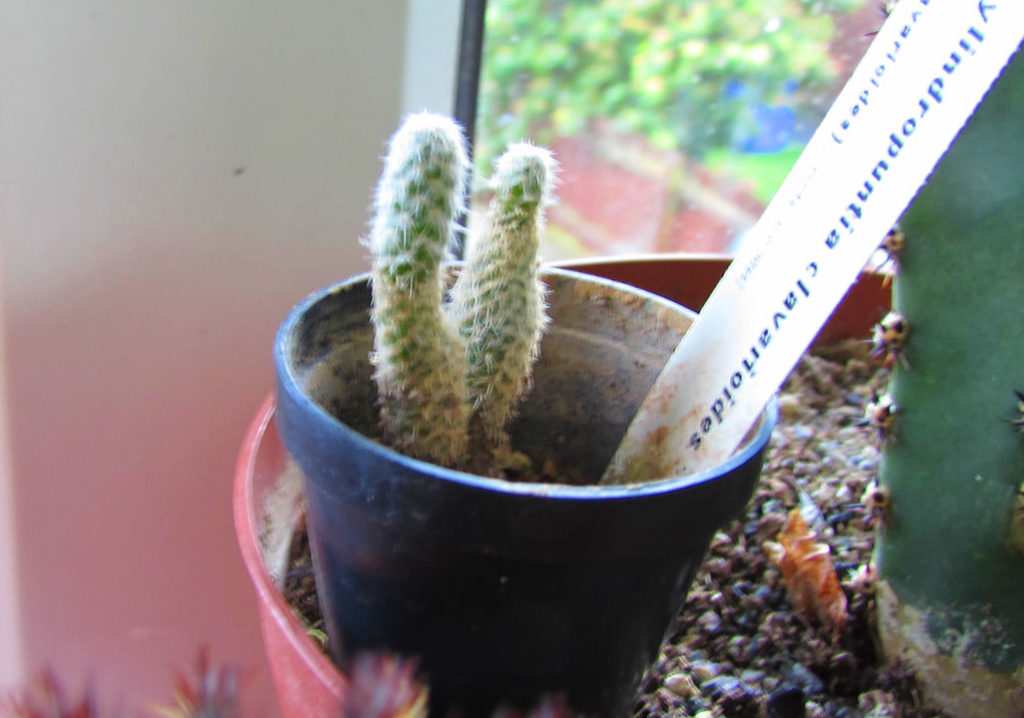Hi Guys 😀
We all love to see our cacti flower, and I am often being asked if its possible to get a cactus to flower not just in the Spring and Summer but also in the Autumn and Winter too, and how lovely would it be to experience a display of cactus blooms all through the year.
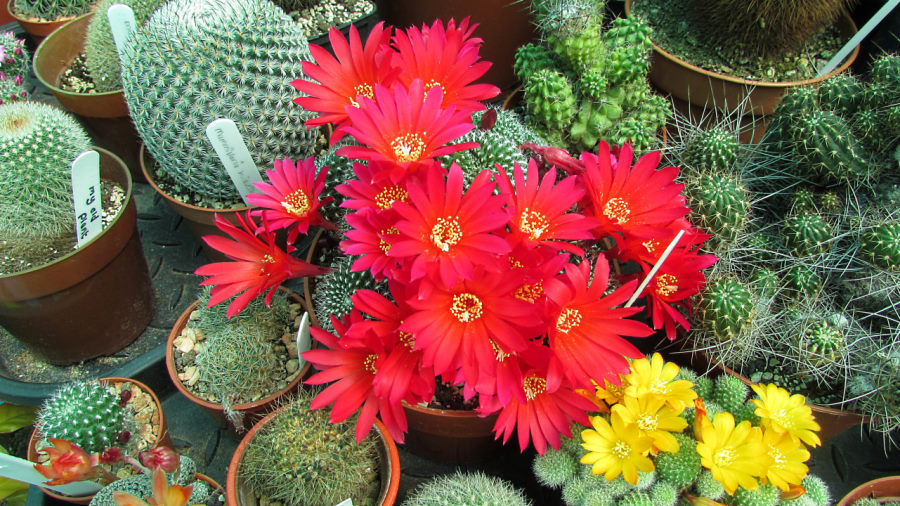
Now all Cacti have their own flowering seasons, and the majority of them do have their flowering seasons during the Spring and Summer only, but there are also many Cacti that have their flowering season in the Autumn and Winter, think of the Christmas and Thanksgiving Cacti ( Schlumbergera ) these cacti produce and abundance of blooms from October until February often blooming more than once during the Winter season, and some of the Epiphytic cacti such as Rhipsalis are Winter bloomers and Rhipsalis also has the advantage of re blooming again in the Spring and Summer too.

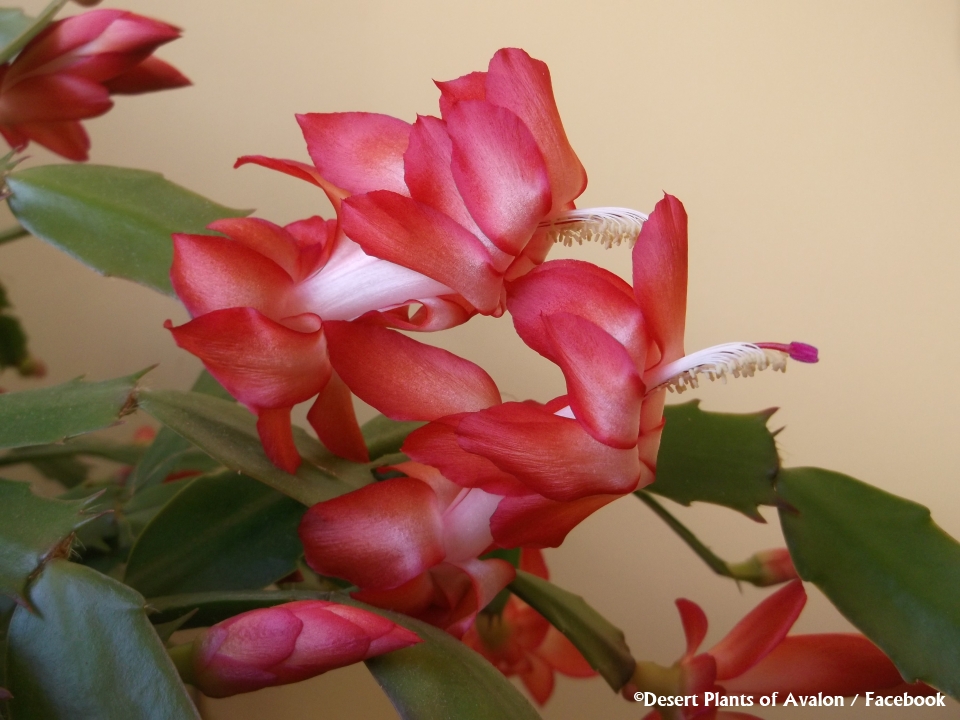
Is it possible to get an individual cactus to flower all year round ?
Now as I mentioned above all cacti have their own flowering Season, but it is possible to artificially force a cactus to flower out of season by using LED Plant Grow lights and leaving them on in Winter for around 15-17 hours a day, this will make the cactus think it is Spring and Summer and will encourage the cactus to come into bloom, this is why Desert Cacti that are sold in flower in Winter in garden shops have been forced to flower at the wrong time by the plant nurseries by the use of grow lights, and of course many cacti are sold with fake plastic or paper flowers stuck onto them just to get a quick sale. However I strongly advise against forcing your cacti to flower out of season because this can weaken your cactus, cacti really need to have a resting period, they need this so they can put their natural energy into producing blooms and growth in the Spring and Summer, by forcing your Desert cacti to bloom in Winter when they should be resting is a recipe for disaster long term.
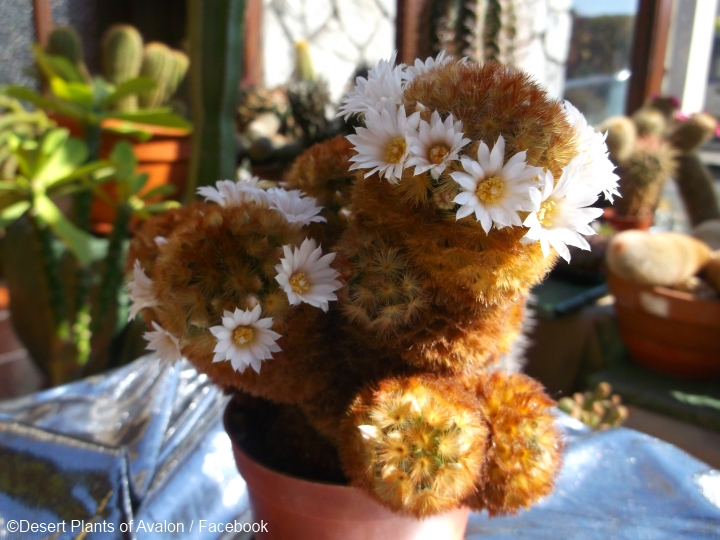
So then How do you get your Cacti to flower all through the Year ?
Well I suggest that you grow a variety of different types of Cacti such as Desert Cacti, Holiday Cacti like Christmas and Thanksgiving Cacti ( Schlumbergera ) and Epiphytic Cacti like Rhipsalis, and you will have Cacti that flower for you ALL year round.
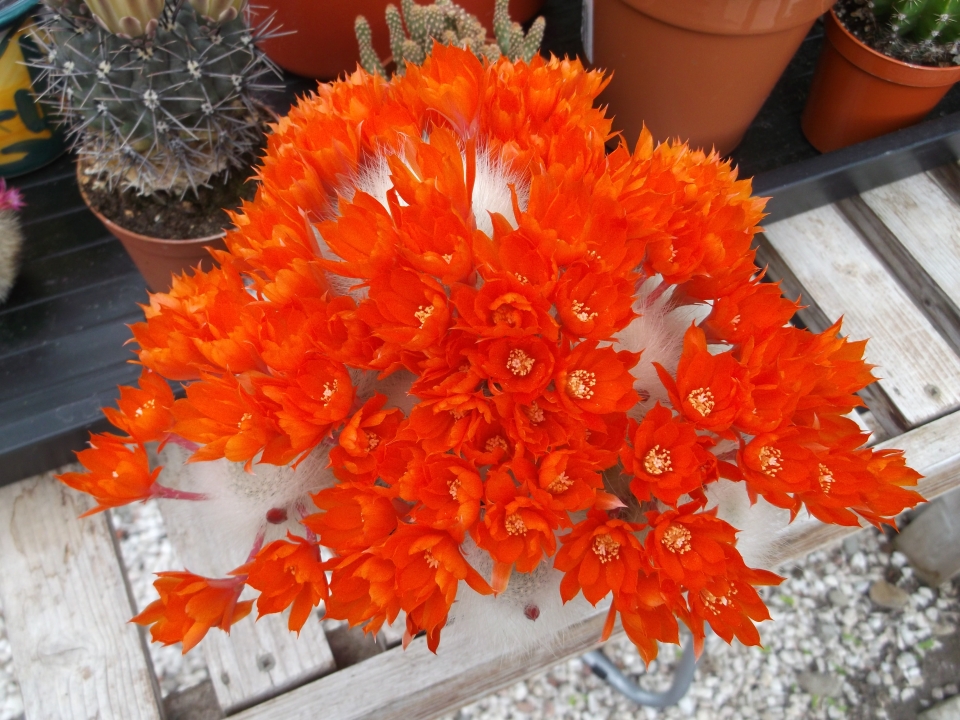
Cacti really do surprise us with the most BEAUTIFUL of Blooms.


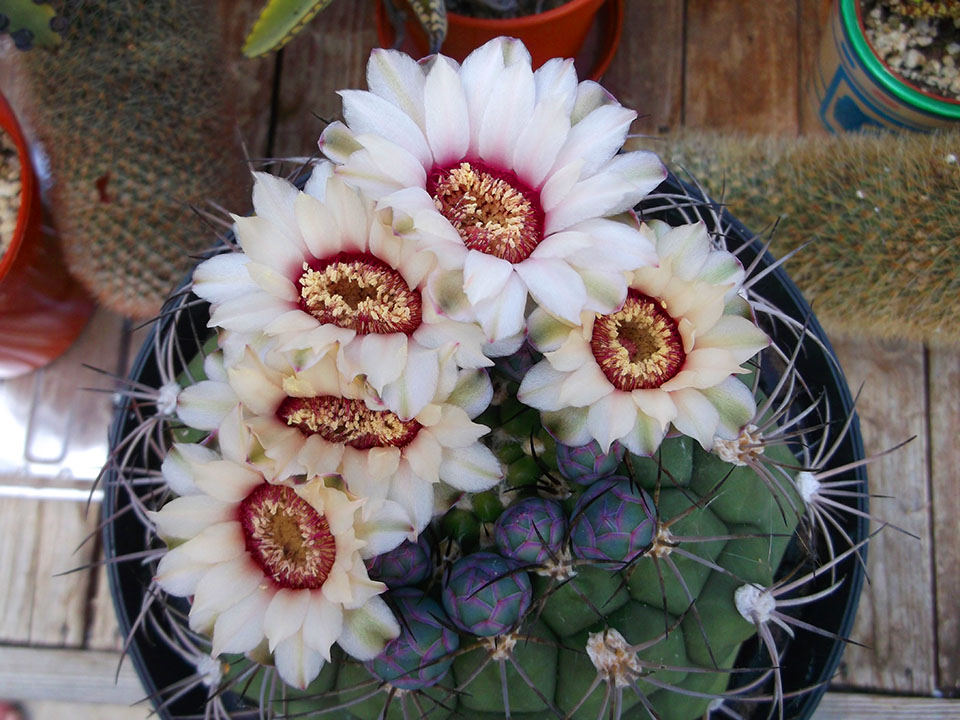
Here is a video that I have made for my You Tube Channel called Desert Plants of Avalon where I talk about How you can get your Cacti to Flower ALL year round.
If you want to know How to get your Cacti to Flower then watch my video I have made for my You Tube Channel called Desert Plants of Avalon on How to Get your Cacti to Flower
If you want to know what Cacti are the best and easiest to get to flower then you can watch my video I have made for my You Tube Channel called Desert Plants of Avalon on the Top 10 BEST Flowering Cactus Plants
I hope you enjoyed the read and wishing you all a blooming lovely day.

